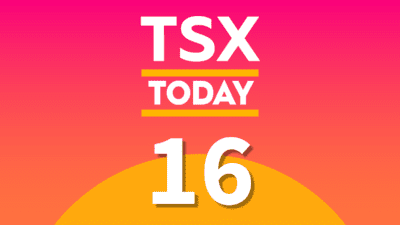Earlier this month, Ottawa-based Wall Communications released its seventh annual telecom price comparison study prepared for the Canadian Radio-Television Telecommunications Commission and Industry Canada. Its comparison included industry heavyweights such as Rogers (TSX: RCI.B)(NYSE: RCI), BCE (TSX: BCE)(NYSE: BCE), and Telus (TSX: T)(NYSE: TU); regional operators such as Quebecor’s (TSX: QBR.B) Videotron and Eastlink; and new wireless entrants such as Wind Mobile and Mobilicity.
What do investors need to know?
Continued innovation
In 2013, the CRTC implemented a new wireless code, including changing wireless contract terms from 36 months to 24 months. The biggest question was how the major companies were going to respond to a 12-month gap of subsidized handset costs. Previously, telecom companies subsidized a $700 smartphone over three years at a cost of $19.44 per month. Now, telecom companies have to subsidize the same $700 smartphone over two years at $29.16 per month, an increase of almost $10.
The incumbents smartly positioned themselves by offering consumers all-you-can-talk nationwide talk and text plans — mobile voice and text are in decline driven by newer technology and changing habits — while giving consumers an a-la-carte option for data, which is the biggest growth area.
Essentially, the established companies responded to regulatory challenges by adjusting themselves to maximize the monetization of data consumption.
As a result, the Wall report added a high-end mobile tier to its benchmark for the first time this year, coming in at a whopping $93 per month, the highest of all the tiers.
Leveraging flanker brands
The big three — Rogers, BCE, and Telus — are aggressively using their flanker brands to compete against Wind Mobile and Mobilicity.
Based on the Wall study, when mobile data is excluded, the flanker brands are priced competitively or are even cheaper than the new entrants. This makes sense as both mobile voice and text are commoditized and product differentiation is non-existent.
In contrast, when mobile data is included, the new entrants are priced about 20% cheaper than the big three. The incumbents are using their mobile networks as the key differentiator. While there will always be consumers who pursue the lowest cost, the big three are betting that their superior wireless networks will retain a majority of the customers.
Pricing power
No single product displays more pricing power than broadband internet access.
Consumers can disconnect their home lines because they have cell phones. Consumers can disconnect their television subscriptions because they get online streaming such as Netflix. However, consumers will always need the internet.
The pricing power of broadband internet is clearly displayed in the Wall study. Internet service is the only product that has a higher price today compared to 2010 across all tiers. The biggest increase is at the basic internet package level, with speeds up to 3.0 megabits per second and 7.5 gigabits of monthly data usage. It experienced a mammoth 12.7% compound annual growth, increasing from $31 in 2010 to $50 in 2014.
Ultimately, in an industry that that gets much of the government’s focus and attention, the incumbents continue to innovate based on regulatory changes, compete based on network differentiation, and exert pricing power. While investors should be constantly aware of changing dynamics, the overall industry remains attractive when uncertainty takes hold.







